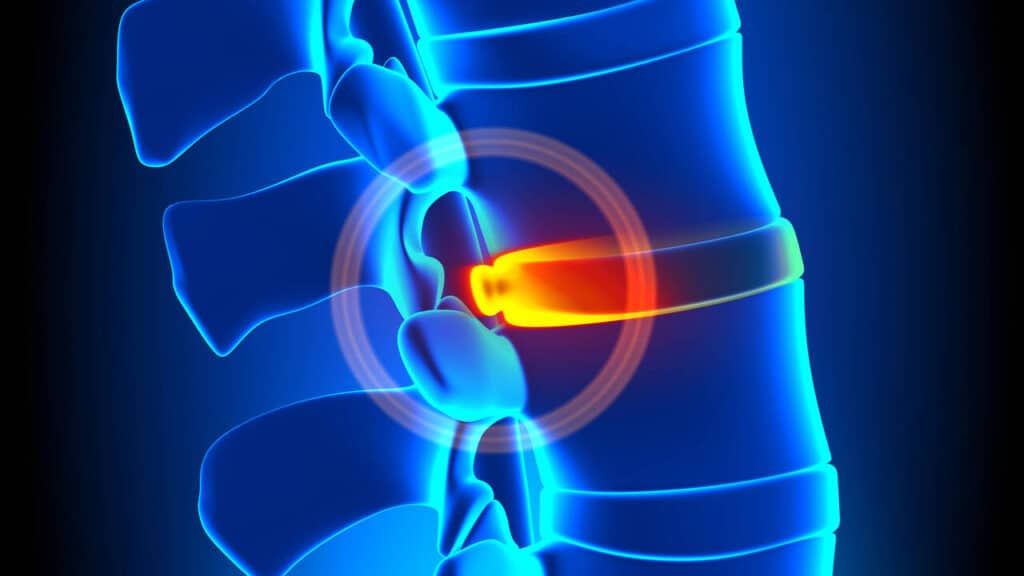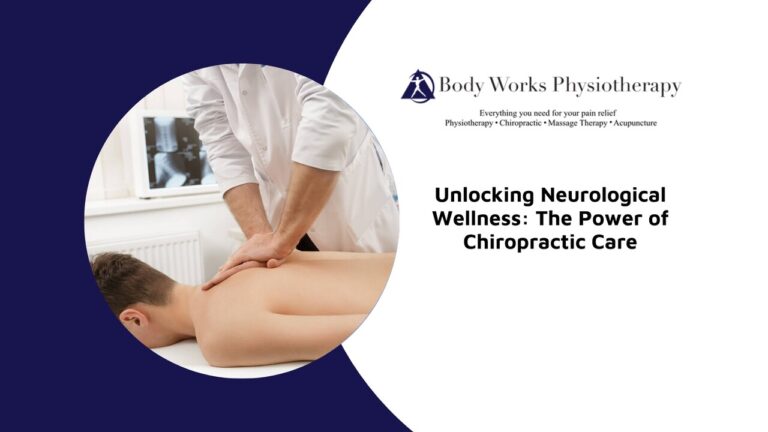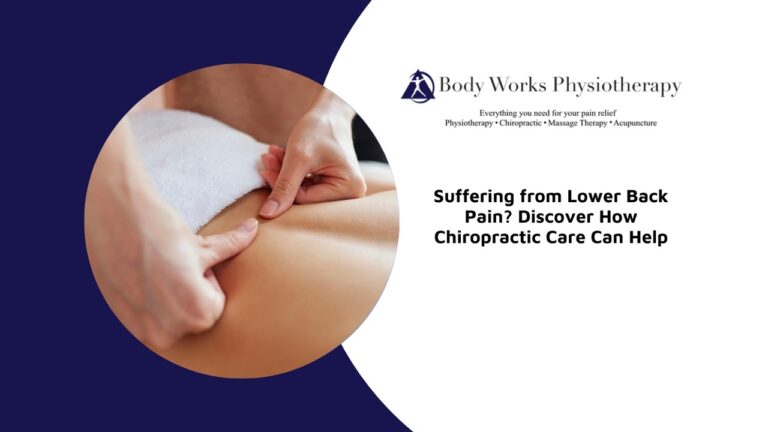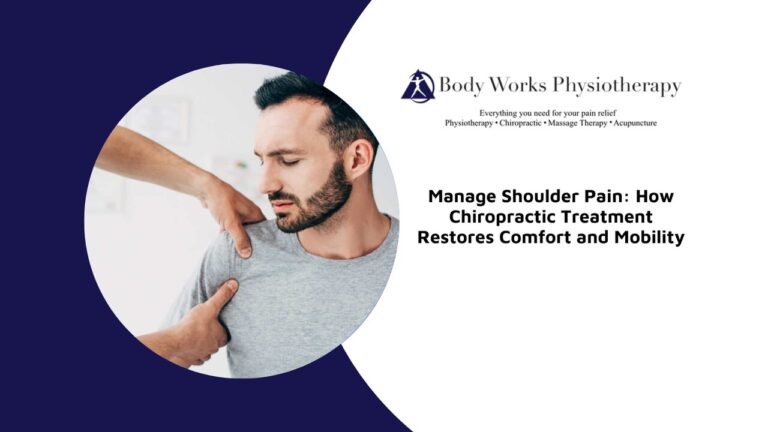
Did you know that nearly 43% of all back pain sufferers are linked back to a bulging disc in the spine? Chiropractic care is a popular non-invasive option for managing and alleviating the pain associated with bulging discs. In this post, we’ll explore how chiropractic care is essential for overcoming bulging disc concerns.
What Is a Bulging Disc?
A bulging disc occurs when a disc in the spine extends beyond its normal boundary without rupturing. This can be caused by several factors including degenerative changes in the spine, injury, poor posture, repetitive strain, and age-related wear and tear. The discs act as cushions between the vertebrae, and when they protrude, they can press on nearby nerve roots, leading to symptoms like back pain, numbness, and tingling.
The Role of Chiropractic Care in Treating Bulging Discs
Chiropractic care has been found to be an effective treatment option for managing bulging disc symptoms. Chiropractic care for bulging discs typically involves spinal manipulation to alleviate pain and reduce pressure on the affected nerve roots. A chiropractor will perform a thorough physical exam and may use non-invasive treatment options to help manage and treat painful symptoms associated with bulging or herniated discs.
- Joint Mobilizations: This technique involves gentle, controlled movements to improve joint function and range of motion. By mobilizing the joints, chiropractors can help reduce stiffness, alleviate pain, and enhance overall spinal function, relieving pressure on the bulging disc.
- Therapeutic Exercises: Chiropractors prescribe exercises that strengthen core muscles and improve flexibility, providing better support for the spine and reducing the likelihood of further disc issues.
- Soft Tissue Therapy: Techniques such as therapeutic massage help to reduce muscle tension, improve blood flow, and promote healing around the affected area, reducing pain and improving function.
- Medical Acupuncture: This technique involves the insertion of fine needles into specific points on the body to stimulate the nervous system and promote healing. Acupuncture can help reduce pain, improve circulation, and enhance overall recovery for individuals with bulging discs.
Bulging Disc Treatment: Chiropractic Care vs. Physiotherapy
Both physiotherapy and chiropractic care can be effective for treating bulging discs. The best treatment option depends on the individual’s specific condition and preferences. Chiropractic treatment focuses on spinal adjustments to realign the spine and alleviate nerve pressure, while physiotherapy emphasizes strengthening and stretching exercises to improve mobility and support the spine. Consulting with healthcare professionals can help determine the most suitable approach for each case.
Potential Side Effects of Chiropractic Care
Chiropractic care is generally considered a safe and effective treatment option for managing bulging disc symptoms. However, as with any medical treatment, there are potential side effects and risks associated with chiropractic care.
- Temporary Discomfort: Some people may experience temporary discomfort or soreness following a chiropractic care session. This is usually mild and similar to the feeling you might have after exercising. It typically resolves within a day or two as your body adjusts to the treatment.
- Headaches: Although rare, some individuals might experience headaches after a chiropractic care session. This can be due to the release of tension in the muscles and joints, and it generally subsides quickly.
- Fatigue: Feeling fatigued or tired after a chiropractic session is not uncommon. This can be a result of your body responding to the treatment and beginning the healing process. Rest and hydration can help alleviate this symptom.
- Increased Pain: In some cases, people may initially experience an increase in pain or discomfort. This can occur as the affected areas begin to heal and the body adjusts. If the pain persists or worsens, it’s important to consult your chiropractor.
- Muscle Stiffness: Muscle stiffness can occur as your body adapts to the treatment. This stiffness is usually temporary and can be managed with gentle stretching, heat therapy, or light exercise.
While these potential side effects can sound concerning, it’s important to remember that chiropractic care is generally safe. Ensuring open communication with your chiropractor about your symptoms, medical history, and any concerns can help tailor the treatment to your specific needs and minimize the risk of adverse effects.
Chiropractic Care for Bulging Disc: Recovery Timeline
The time it takes for a chiropractor to address a bulging disc varies depending on the severity of the condition and the individual’s response to treatment. Generally, you may start to experience pain relief after a few sessions, but a comprehensive treatment plan may span several weeks to months to achieve significant improvement and long-term relief.
The duration of treatment also depends on how consistently you follow the chiropractor’s recommendations, including performing prescribed exercises at home and making necessary lifestyle adjustments. Factors such as age, overall health, and activity level can influence the recovery timeline.
Regular reassessment by the chiropractor ensures that the treatment plan remains effective and can be adjusted as needed to support optimal recovery and symptom management.
Lifestyle Modifications to Help Manage Bulging Disc Symptoms
Managing the symptoms of a bulging disc often requires a combination of professional treatment and lifestyle modifications. These changes can help reduce pain, improve mobility, and prevent further injury. Here are some effective lifestyle modifications to consider:
- Maintain Good Posture: Good posture is essential for spinal health. Ensure that you sit and stand with your back straight, shoulders back, and feet flat on the floor. Use ergonomic furniture, such as chairs with proper lumbar support, to maintain the natural curve of your spine.
- Engage in Regular Exercise: Regular physical activity helps strengthen the muscles that support your spine, improving stability and reducing the risk of further disc problems. Low-impact exercises such as walking, swimming, and cycling are excellent choices. Incorporate core-strengthening exercises to enhance the muscles in your abdomen and lower back.
- Practice Proper Lifting Techniques: When lifting heavy objects, use your legs rather than your back. Bend your knees and keep the object close to your body. Avoid twisting your torso while lifting, as this can put additional strain on your spine.
- Maintain a Healthy Weight: Excess body weight can put additional stress on your spine, exacerbating the symptoms of a bulging disc. Aim to maintain a healthy weight through a balanced diet and regular exercise to reduce the load on your back.
- Avoid Prolonged Sitting or Standing: Prolonged periods of sitting or standing can increase pressure on your spine. Take regular breaks to move around and stretch if you have a job that requires long hours in one position. Alternate between sitting and standing to alleviate pressure on your discs.
Back Pain Doesn’t Have to Define Your Life
If you are experiencing pain or discomfort due to a bulging disc, seeking chiropractic care can be a highly effective solution. At Body Works Physiotherapy in Scarborough, our skilled chiropractors are dedicated to helping you find relief through personalized treatment plans tailored to your specific needs. Don’t let a bulging disc disrupt your life any longer. Contact us today to schedule an appointment and start your journey towards improved spinal health and pain-free living.






